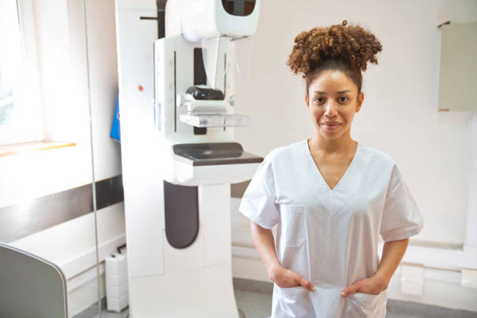Daboolida caymiska
Baaritaan aan kharash lahayn - Mammogram-ka waxaa lagu daboolaa kharash la'aan xubnaha CareOregon.
Gaadiidka
CareOregon waxay kaa caawin kartaa diyaarinta gaadiidka haddii loo baahdo. Wac Ride to Care 503-416-3955, wicitaan lacag la'aan ah ah 855-321-4899 ama TTY 711. Baro wax badan oo ku saabsan waxa ay bixiso Ride to Care.
Adeegyada Luuqadaha
Agabyo ku qoran luuqad fudud, dhaqan ahaan habboon oo luuqado badan ku qoran ayaa ka caawiya xubnaha inay fahmaan sababta baaritaanku muhiim u yahay. Baro wax badan oo ku saabsan adeegyadeena luuqadda. Haddii aad u baahan tahay wax caawimaad ah oo ku saabsan adeegyada luuqadda ama aad qabto wax cabasho ah, waxaan rabnaa inaan maqalno. Wac Adeegga Macaamiisha CareOregon 800-224-4840 ama TTY 711, ama noo soo dir farriin aamin ah.
Sida loo ballan qabsado
CareOregon waxay diyaar u tahay inay meesha ka saarto caqabadaha oo ay hubiso inaad haysato taageerada aad u baahan tahay si aad ugu sii jirto baaritaannada.
Haddii aad u baahan tahay baadhis ama baadhitaan, la xidhiidh bixiyaha daryeelkaaga aasaasiga ah (PCP). Ma haysto adeeg bixiye? Isticmaal qalabka CareOregon ee Raadi Bixiye.


